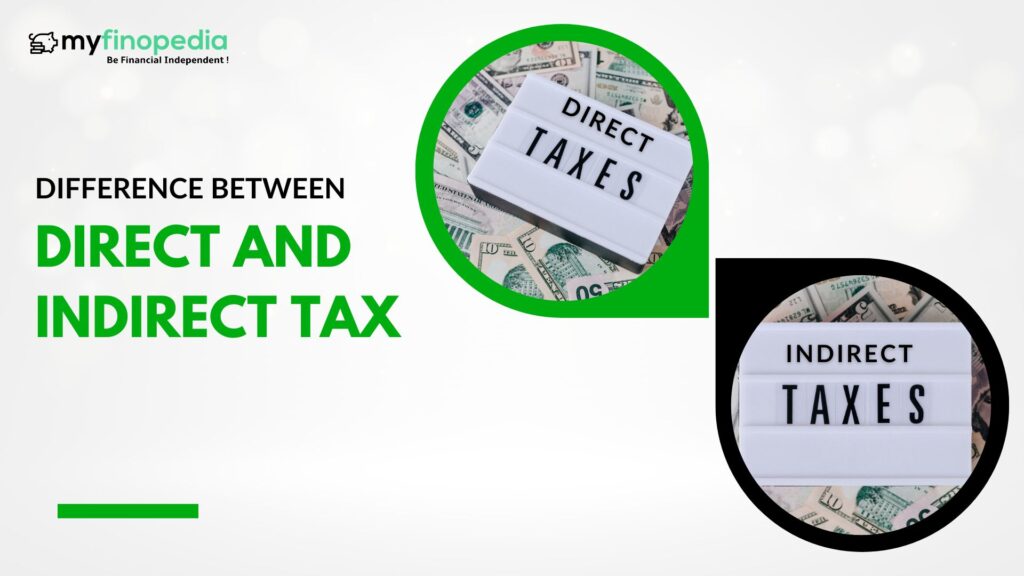The two main ways that governments raise money to pay for public goods and services are through direct and indirect taxes. Although they both aim to fund the government, they are very different in terms of how they are used, how often they occur, and how they affect the economy.
Direct taxes are imposed directly on people or organizations according to their property, wealth, or income. Income tax, corporation tax, property tax, and inheritance tax are a few examples. The taxpayer pays direct taxes directly, and the amount paid is usually determined by the taxpayer’s income.
However we can state, people who are paid more or have more valuable assets and source of income pay a larger share of their income or wealth in taxes. In order to redistribute wealth and lessen income inequality, direct taxes are frequently progressive, meaning that tax rates rise in tandem with increases in income or wealth.
Conversely, indirect taxes is levied on products and services as opposed to directly on people or organisations. Typically, middlemen like merchants receive it and then transfer the tax burden to customers in the form of higher prices.
We can say that Value-added tax (VAT), sales tax and customs duty are a few great examples of different types of indirect taxes. Because indirect taxes are incorporated into the costs of the goods and services that customers buy, they are not as immediately noticeable to them as direct taxes are. Nevertheless, because lower-income people typically spend a larger percentage of their income on taxable necessities, the effects of indirect taxes can be regressive, unfairly affecting them.
In conclusion, the incidence, mode of collection, and economic impact of direct and indirect taxes differ significantly from one another. While indirect taxes are placed on products and services, direct taxes are placed directly on people or organisations according to their income, wealth, or property. While indirect taxes can be regressive and disproportionately impact those with lower incomes, direct taxes are typically progressive and seek to redistribute wealth. Both types of taxes are essential to the creation of public revenue and the formulation of fiscal policy.






